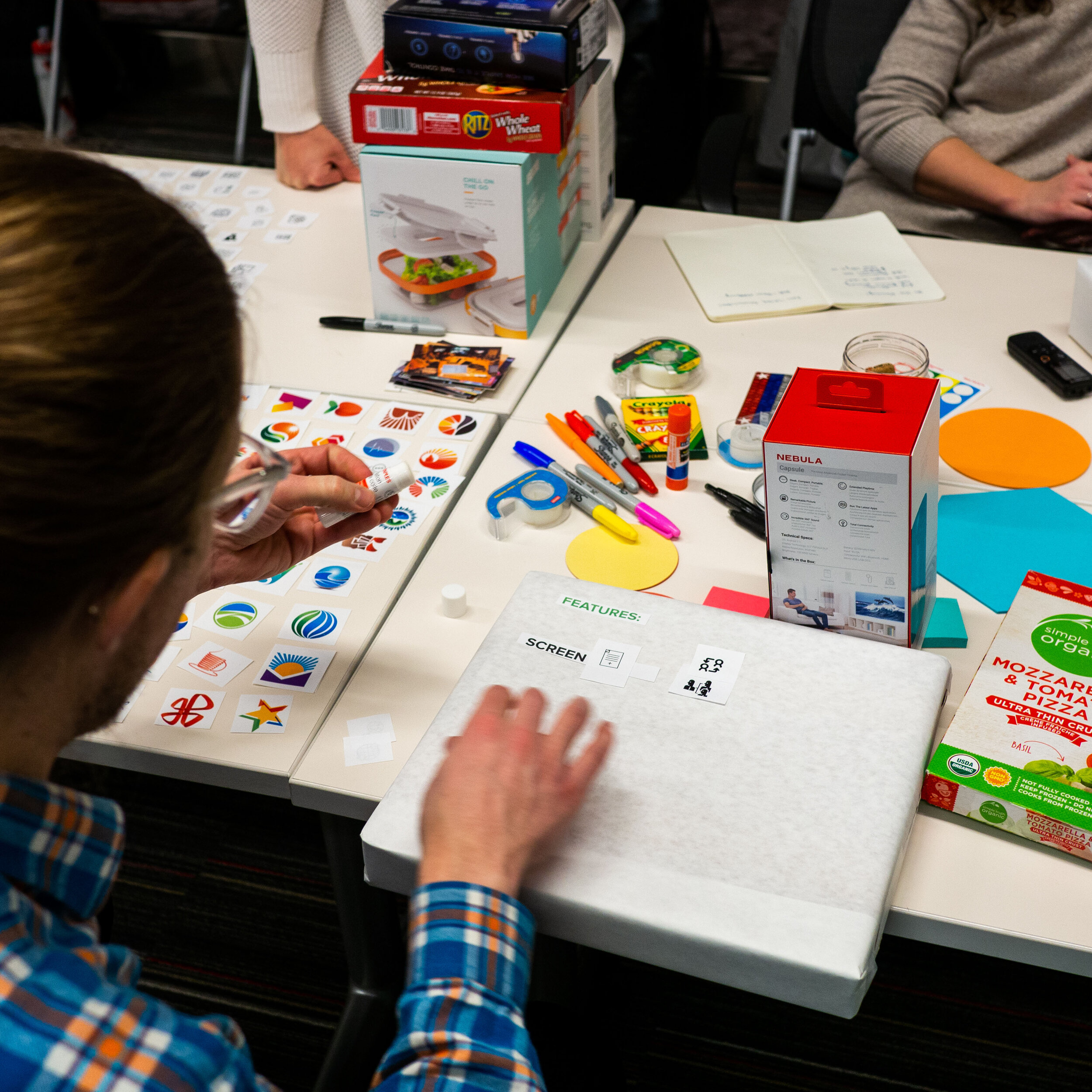Co-Design in the ICU
COURSE: Exploring the next generation intensive care unit of the future
OVERVIEW: Interdisciplinary teams of graduate students participated in a co-design studio centered on the near-term and longer-term needs within the surgical intensive care units at the Arthur G. James Cancer Hospital and the Ohio State University Wexner Medical Center. Students worked directly with healthcare professionals and immerse themselves in the working environments. The end goals for the students included taking part in a hands-on experience on a real-world challenge in an interdisciplinary setting. The end goals for the OSUWMC Department of Surgery included an objective and broad-based assessment of the current ICU experience/environment and the opportunity for the healthcare professionals to join the graduate students in the design-led exploration of future scenarios of use.
ROLE: I worked on a team with four others; two graduate design students, a graduate engineering student, and a medical professional. As a team our goal was to focus on: Communication between and among patients, family and providers. We collaborated with OSUWMC staff to understand and explore the current and future experience/environment in the Intensive Care Units.
DESIGN BRIEF: A visit to the ICU is often something that a patient cannot anticipate. Currently, ICU staff make critical care decisions throughout a patient’s stay. Many of those decisions require patient input, and depending on the situation, it isn’t always possible for the patient or their family members to provide ICU staff with the appropriate information. This can result in delayed critical decision-making by ICU staff, and possibly mismatched care for a patient’s wishes. How might patients and families prepare and plan for ICU-related decisions (Advanced Care Planning or ACP) before entering the ICU in a way that is useful to ICU staff to make critical care decisions?
Workshop 01
Purpose: We sought to explore the different channels of communication in the ICU. We asked participants to point out which channel of communication they wanted to talk about, and what issues or positive events they encountered in the ICU. The channels of communication included:
ICU Staff - Family/Guests
Family/Guests - Patients
ICU Staff - ICU Staff
Patients - Machine (ICU)
ICU staff - Patients
Findings from the workshop:
The most chosen paths were
ICU staff - Patients
ICU Staff - Family/Guests
ICU Staff - ICU Staff
Workshop 02
Purpose: In this workshop, our goals were to find out which direction was the most important to explore for our co-designers, and what the features and components were of that direction. The three directions available for the co-designers to select were (based on Workshop 01):
Robo-Advocate (patient care advocate),
Pre-ICU planning, and
Non-verbal communication tools.
Findings from the workshop:
The most chosen direction was Pre-ICU planning
The Pre-ICU planning can happen inside/outside the hospital
It’s more important to have the Pre-ICU discussion than the document
Workshop 03
Purpose: In this workshop, we sought to explore what were some possible solutions that attracted our co-designers (and other participants) for Pre-ICU planning. For the activity, we researched existing ideas and brainstormed new ideas, coming up with 28 possible solutions. We then asked participants to complete a Qualtrics form (due to COVID-19). In the Qualtrics form, we asked our participants to sort out the 28 possible solutions and explain which ones were their favorites/less favorite ones.
Findings from the workshop:
There are several options that appeal to people, but the most salient for us was “an app that guides you through the process of creating a useful and legally binding Advance Care Planning document”.
This course took place spring semester of 2020. Unfortunately, do to the sudden onset of covid, our class and team were only able to present our initial findings and a recommended plan for future implementation.












